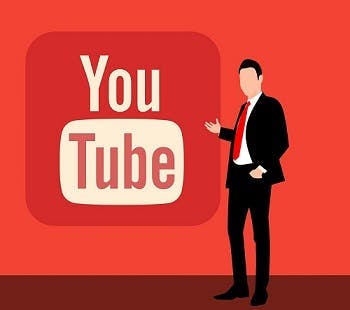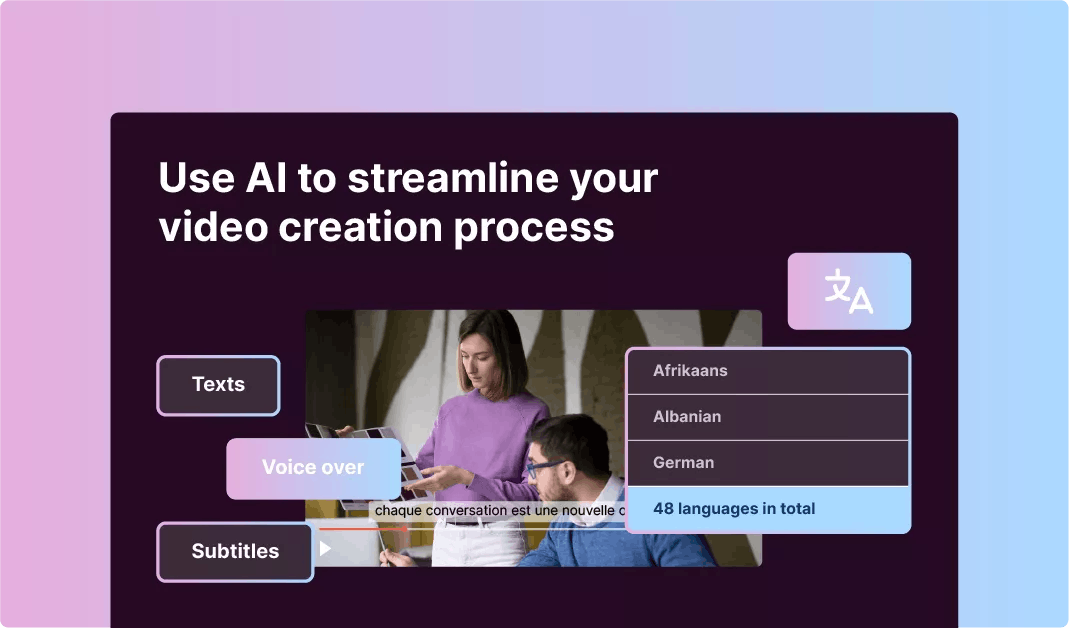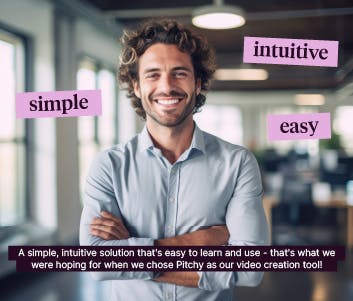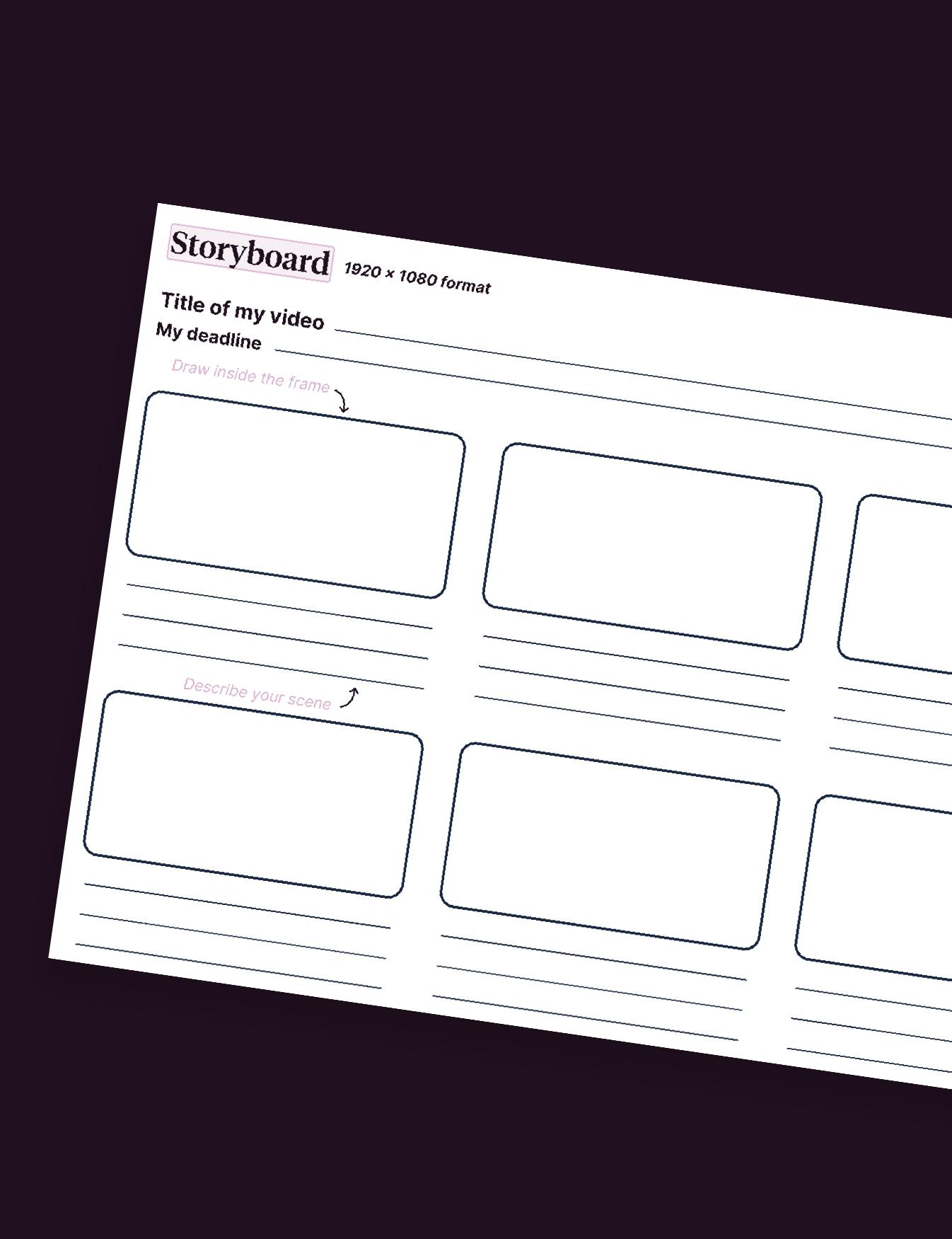Corporate video and corporate communication issues

In theory, corporate communication includes all communication actions that aim to build the good reputation of a company in the future, towards its ecosystem, through different opportunities. But that was before: today, corporate video is becoming a popular format for thwarting fake news, gaining the trust of audiences and building digital brand awareness. Check this blog article.
Corporate communication that has changed
The erosion of trust, the management (and power) of fake news and crisis communications, the empowerment of employees and customers as content producers are contemporary problems that are redrawing the missions and objectives of corporate communication departments. Let’s decipher.
For many years, corporate communication was limited to public and press relations and events. This type of communication targeted a limited number of audiences: internally (employees, shareholders…) but also externally (customers, prospects, suppliers, prescribers, bankers, investors, opinion leaders…).
Social networks and the decompartmentalization of communication within the company are challenging this classic model of corporate communication. Today, it is much more difficult to communicate, but above all it has become much more complicated to be heard and believed.
Corporate communication is therefore becoming more and more strategic. And this can be felt right down to the organizational chart of companies: in 2013, half of the corporate communication directors were part of the executive committee. In 2018, 65% of them are part of it (8th barometer of corporate communication, Harris interactive, 2017).
And this is where corporate video can play a key role, especially by investing your employees and interns in your communication strategy!
Corporations are also affected by fake news
The AACC (Association of Consulting and Communication Agencies) conducted a study on the main objectives of communications departments. The first graph illustrates the challenges according to communications directors and shows the link between institutional communications and business.
The fake news trend still mostly affects the political world, but now corporations, brands and institutions are also beginning to face its unfortunate consequences. One common example is the SNCF (French national railway company) and the conflict over the reform of the rail workers’ employment status, which led to the spread of fake news. In the same vein, Air France was attacked online for an excessive increase in its rates for repatriating people to Paris after the destruction caused by Hurricane Irma in the West Indies. In this case, Air France was the target of a petition that was signed by
73,000 people before journalists were able to confirm that Air France had not been engaged in any abusive practice.
According to a study by Viavoice and Syntec Conseil, 20% of French people acknowledge having believed information about a company spread on social media before finding out that it was fake.
The measures taken by companies to protect themselves against this kind of threat have changed:
- maintaining close ties with the media but also with influencers;
- using internal monitoring tools, including agile newsrooms to identify emerging fake news stories;
- refining the targeting of messages;
- uniting and managing their communities;
- not hesitating to challenge platforms such as Facebook, Twitter and Google, which have become aware of the danger posed by fake news, as shown by the possibility of fact checking on Google;
- establishing clear and responsive crisis management processes.
New challenge: (re-)gaining the audience’s trust (which is sometimes lost)
The issue of trust isn’t new. Companies’affairs aren’t immune to this feeling of distrust on the part of the general public. Especially those in the field of new technologies.
Among other media expert, the tougher Google is still attractive, but part of the public opinion is against the tech giant on several topics, including the controversies over the group’s tax exile, sexism in its management and GAFA’s position on artificial intelligence and transhumanism. Another example is the former Uber official who tried to regain his top position by bribing the company’s management. Amazon has also provoked the public’s wrath by recently showing a major lack of concern for the environment. These news stories have exacerbated the lack of trust between corporations and the general public, which has spread to other companies that are part of the GAFA ecosystem.
In just one minute online, 452,000 tweets are shared, 46,000 pics are posted on Instagram and 72 hours of videos are uploaded to YouTube
At the same time, e-reputation assessment companies have emerged and become credible authorities on a company’s image. For example, in 2016, Cohn & Wolfe, an international communications agency, launched its “Authentic 100” index, which ranks world-famous brands according to the perception of their authenticity. According to this report, only 7% of respondents in France describe brands as “open and honest”. Other authorities, such as Glassdoor and Great Place to Work, focus on the employer brand and quality of life at work, even allowing employees to vote against their company so that candidates can have an objective view of the organisations where they’re seeking employment.
Being heard and establishing a reputation
In just one minute online, 452,000 tweets are shared, 46,000 pics are posted on Instagram and 72 hours of videos are uploaded to YouTube! This information overload coupled with the decreasing attention span of Internet users – 8 seconds according to a Microsoft study – has changed and impacted the way content is consumed.
Mass corporate communication strategies are inadequate tools for responding to these trends. For communications professionals, it’s important to target and segment audiences to deliver messages that will reach different types of Internet users according to their profile. Creating valuable content and interacting with communities has become essential.
Rethinking how to create content to increase cohesion
Worldwide, companies in 2019 have become media through post. And every employee can now create content and take on the role of a journalist, critic or whistleblower. All employees have become vectors of their brand’s external image and should be treated as such by companies.
The broad platforms created by social media have reshuffled the cards in corporate communications, making it necessary to take measures to control this communication. As a result, the trend in the coming years will be collaborative communication. Brands now generate audiences in two ways: by creating content and sharing content as influencers.
While 45% of a company’s reputation is still tied to the reputation of its CEO, according to a LinkedIn study, the 2% of employees who share content generate 20% of the public’s total engagement. This share increases every year. As a result of these new challenges, communications departments have different communication objectives, which are specified in this second table produced by the AACC and Harris Interactive.
This graph shows that the main goals of corporate communications are intertwined. Good corporate culture, quality of life at work and the involvement of employees in content creation will generate more engagement and trust both inside and outside the company.
You want to make a corporate video for your corporate communication (Marketing, HR, events..)? Ask for a demo of the Pitchy solution.
Resources













